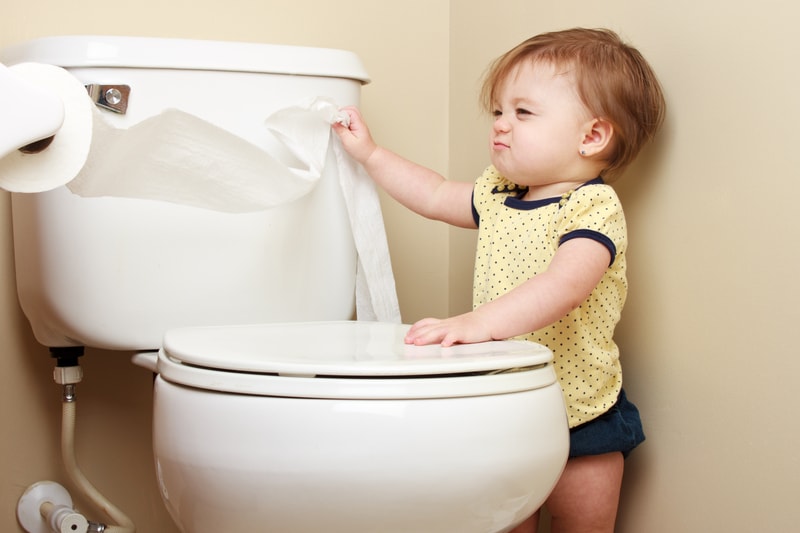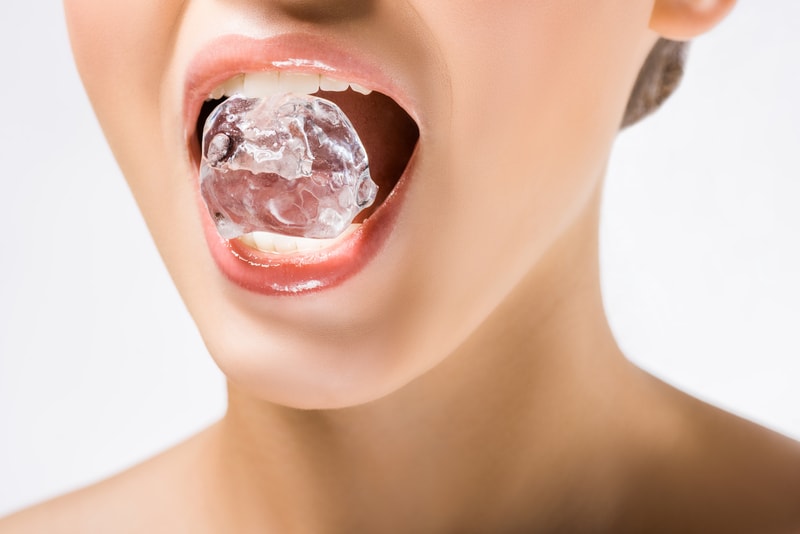What is Acupressure?
Acupressure is a form of Chinese therapy rooted in Traditional Chinese Medicine (TCM) principles. Unlike acupuncture, which involves the use of needles, acupressure relies on applying manual pressure to specific points on the body, known as acupoints.
What is Acupressure Used For?
- Acupressure for pain relief is one of its most celebrated uses, particularly for conditions like headaches and muscle tension.
- Stress reduction and mental wellness.
- Improving blood circulation.
- Complementary treatment for traditional medical interventions.
The Benefits of Acupressure

- Physical relief from pain and tension
- Improved blood circulation
- Stress and anxiety reduction
- Enhanced mental well-being
- Enhancement of the immune system for disease prevention and treatment
- Complementary to other forms of treatment
The benefits of acupressure extend beyond mere symptom relief and have been substantiated by various scientific studies. According to Dr. Gene Wei, focusing on the right acupressure points has shown great potential for immune system enhancement, which could also help prevent and treat many diseases. A study published by the National Center for Biotechnology Information further supports this, indicating the potential benefits of acupressure in immune system modulation.
Moreover, acupressure’s benefits are not limited to physical ailments; it also has potential mental health applications. A study published on PubMed found that acupressure was effective in reducing the severity of depression symptoms, adding another layer of therapeutic potential to this ancient practice.
This massage treatment can be a valuable addition to your wellness routine, offering physical and mental benefits.
Acupressure Techniques
- Applying gentle yet firm pressure to acupoints
- Circular motion technique for stimulating acupoints
- Use of thumb, fingers, or specialized acupressure tools
- Techniques can be easily incorporated into daily routine
- Because some acupressure points have a limited area and are not convenient for traditional massage manipulation, TCM specialist Mr. Mengfei (Devin) Yuan recommends using a fingernail or a toothpick to press the acupressure point for 3-5 minutes gently.
Commonly Used Acupressure Points
LI-4 (Hegu Pressure Point)
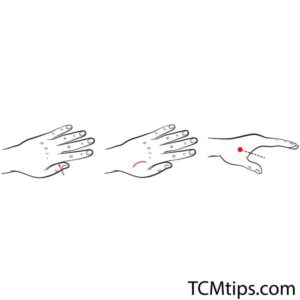
- Location: To locate LI-4, start by placing your thumb against the index finger. The point is located on the highest point of the muscle that bulges when the thumb and index finger are brought close together.
- Effectiveness: Particularly useful for headaches and pain relief
- Cautions: Should be stimulated with caution, especially during pregnancy or if the skin is compromised
GB-21 (Jianjing Pressure Point)
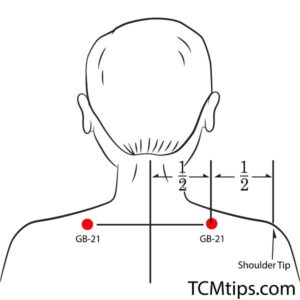
- Located on the top of the shoulder, midway between the neck and the edge of the shoulder
- Often used for tension relief and stress reduction
- Not recommended during pregnancy
How Long Should You Hold an Acupressure Point?
Apply pressure to the acupoints for about 2 to 3 minutes for optimal benefits. The pressure should be firm but not painful, aiming to harmonize the flow of vital energy or qi.
How Does Acupressure Work?
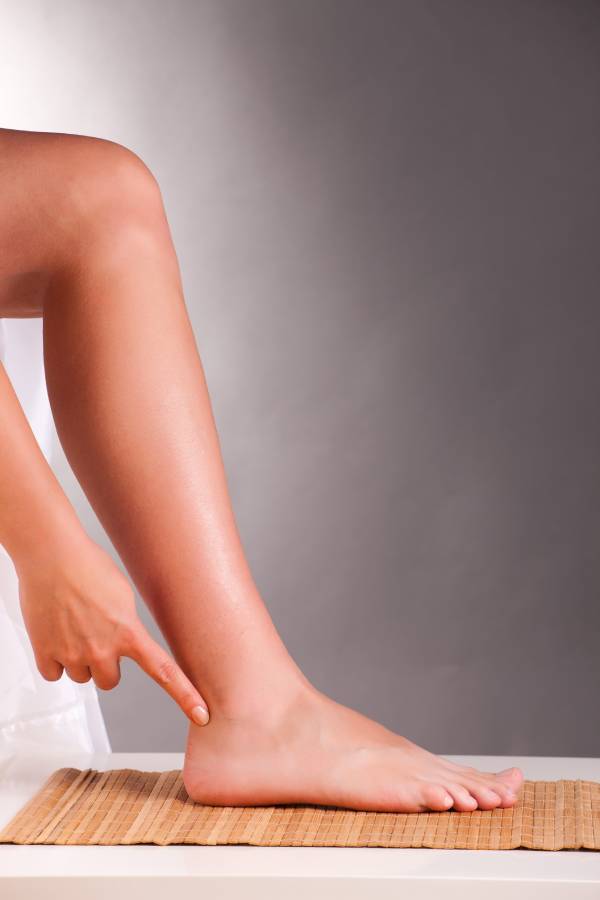
Acupressure is grounded in the principles of Traditional Chinese Medicine, which emphasizes the flow of qi, or vital energy, through specific pathways in the body known as meridians. When stimulated, these meridians connect various acupoints that can harmonize the flow of qi and activate the body’s natural healing mechanisms.
The concept of qi is not just a traditional belief but has also been supported by modern scientific research. An experiment published in the Journal of Traditional Chinese Medical Sciences provides empirical evidence for the existence and manipulation of qi, adding scientific validation to this ancient practice.
Further supporting the efficacy of acupressure, a study in the journal Evidence-Based Complementary and Alternative Medicine demonstrated its potential benefits in reducing fatigue in cancer survivors. This research validates the effectiveness of acupressure and expands its applicability to various health conditions.
What are the Side Effects of Acupressure?
- Minor discomfort or soreness at the pressure points
- Potential skin irritation, mainly if too much pressure is applied
- Not recommended for specific conditions or during pregnancy without professional guidance
Acupressure Solutions for Common Ailments
This section serves as a comprehensive guide to using acupressure for various conditions. Whether you’re dealing with headaches, restless legs, or other health concerns, acupressure offers a natural pathway to relief. Our related articles will explore Each condition in detail, with links and short descriptions.
- Acupressure for Knee Pain
- Acupressure for Neck Pain
- Acupressure for Vertigo
- Acupressure For Diarrhea
- Acupressure Points To Start Labor
- Acupressure for Headaches

Try our Anti-Aging Gua Sha Tool designed to bring out your skin’s natural glow.
Best Gua Sha Product- Anti-Aging: The tool is designed to target 11 specific aging signs such as wrinkles and sagging skin. By following the 7-step routine, users can improve skin firmness and reduce fine lines naturally.
- Enhances Skincare Routine: It works effectively with serums and lotions, boosting absorption and efficacy of skincare products.
- Visible Skin Improvement: Users can expect a smoother complexion, reduced puffiness, and a more youthful appearance.
 P. Sze
P. Sze 


